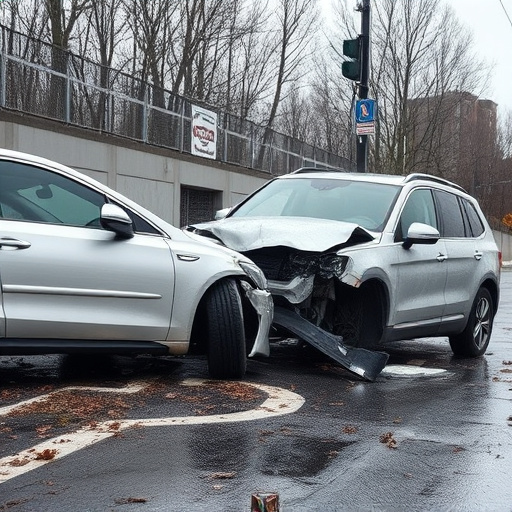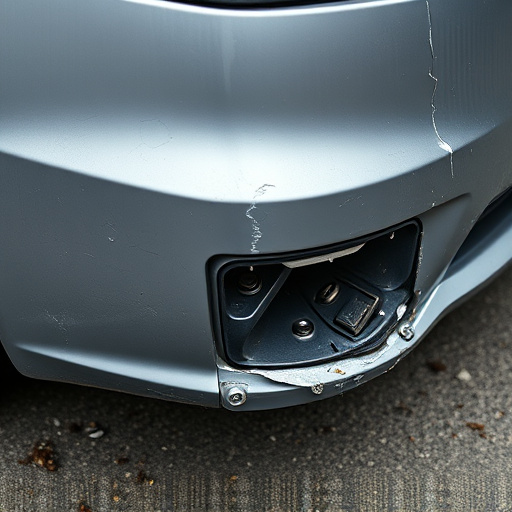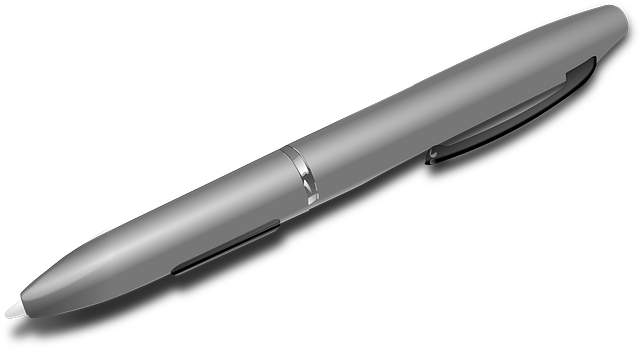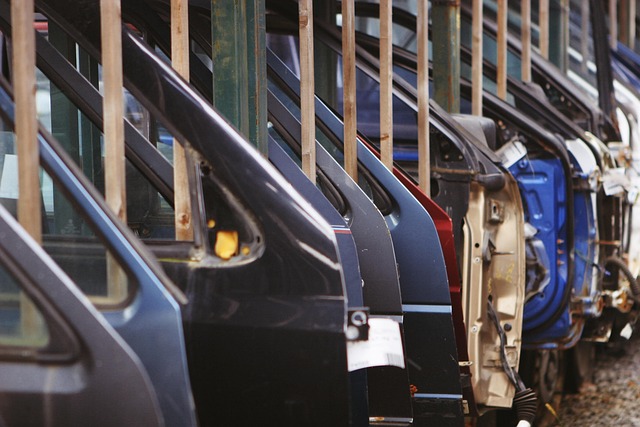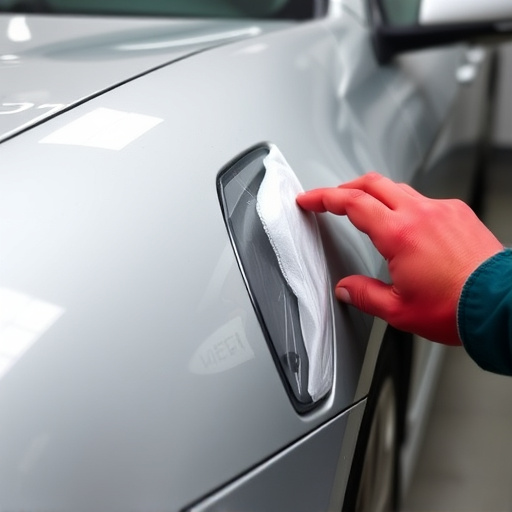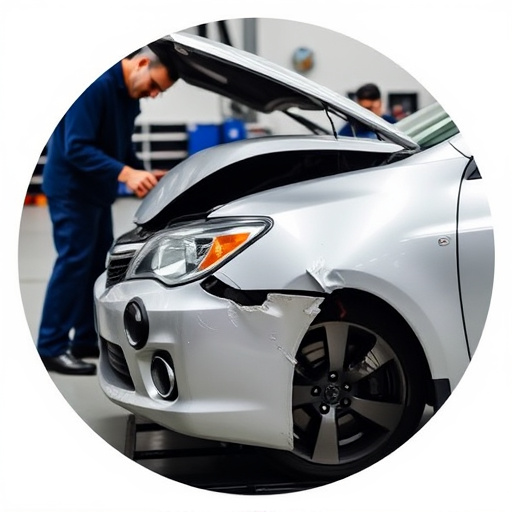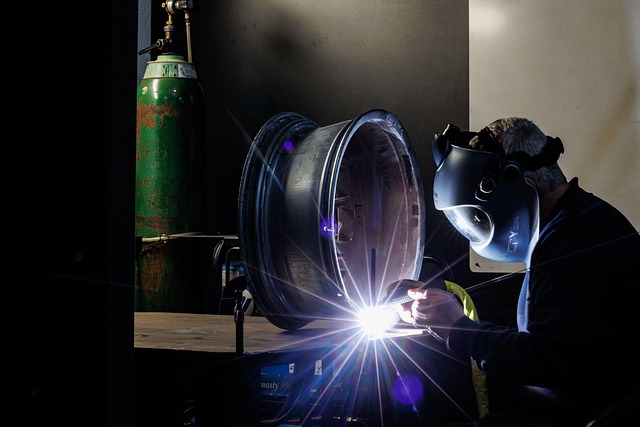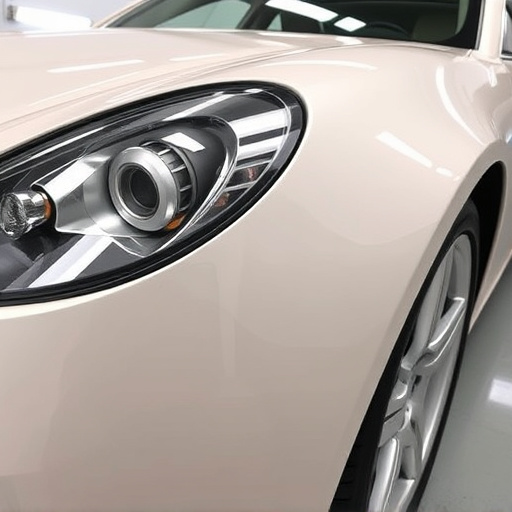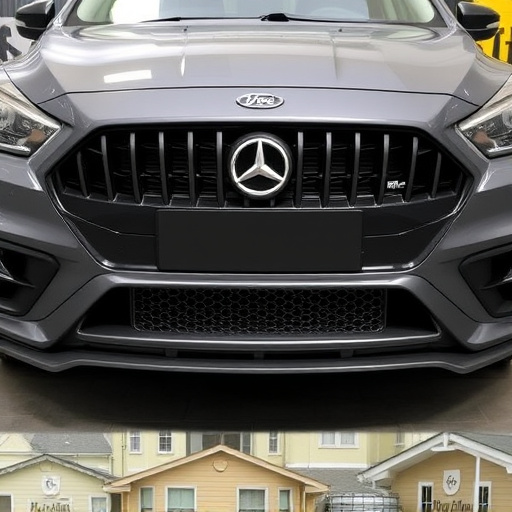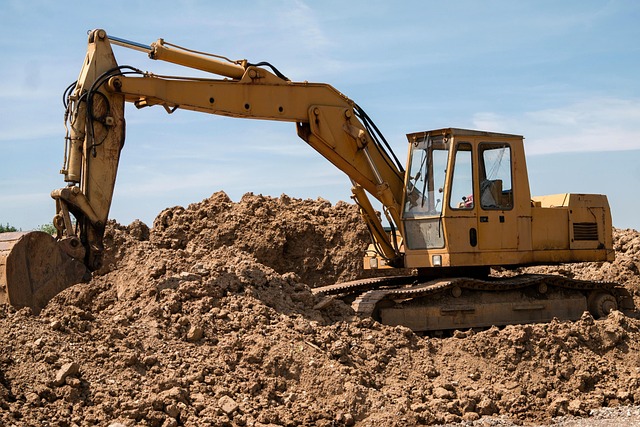Auto glass installation leaks are primarily due to improper sealing around the glass perimeter, caused by unclean or uneven vehicle surfaces, residual debris, inferior adhesives, and vulnerabilities from previous repairs. To prevent leaks, thoroughly inspect and clean the installation area, use high-quality materials and adhesives, and address any existing damage or weaknesses in the vehicle's structure. Regular maintenance and bodywork services further ensure a watertight seal for long-lasting auto glass installations.
Avoiding leaks in auto glass installation is crucial for ensuring both vehicle integrity and driver safety. This comprehensive guide delves into the critical aspects of leak prevention, starting with understanding common sources like water intrusion and sealant issues. We explore the importance of preparation and material selection, guiding you through choosing the right sealant and best practices for surface preparation. Additionally, we provide installation techniques, offering a step-by-step approach to alignment and sealing, ensuring longevity and peace of mind during your journey.
- Understanding Common Auto Glass Installation Leaks
- – Identifying potential sources of water intrusion
- – Common sealant issues and how to prevent them
Understanding Common Auto Glass Installation Leaks
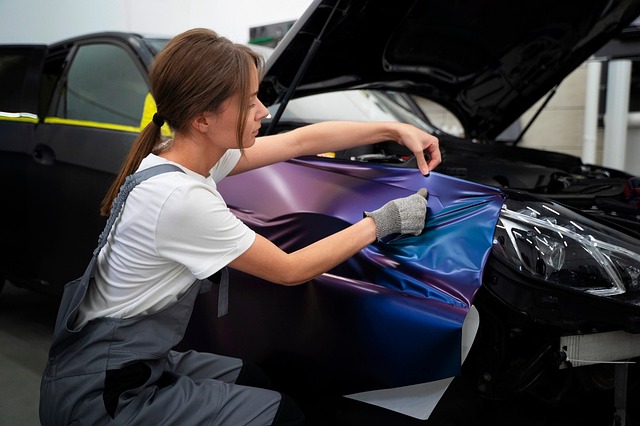
Leaks in auto glass installation are a common issue that can arise from various factors, often stemming from improper techniques or subpar materials used during the process. Understanding these common leak sources is the first step towards ensuring a successful and durable installation. One of the primary causes is inadequate sealing around the glass perimeter, especially at the joints and seals. This can be attributed to poor preparation of the auto bodywork, such as unevened surfaces or residual debris that prevents a secure fit.
Another frequent issue is the use of inferior quality adhesives or sealants, which may not provide adequate bond strength over time. In cases involving vehicle restoration or automotive collision repair, where glass replacement is frequently required, using genuine and high-quality components can significantly reduce leak risks. It’s crucial to inspect all surfaces thoroughly, ensuring they are clean, dry, and free from contaminants before applying any adhesive, enhancing the overall integrity of the auto glass installation process.
– Identifying potential sources of water intrusion
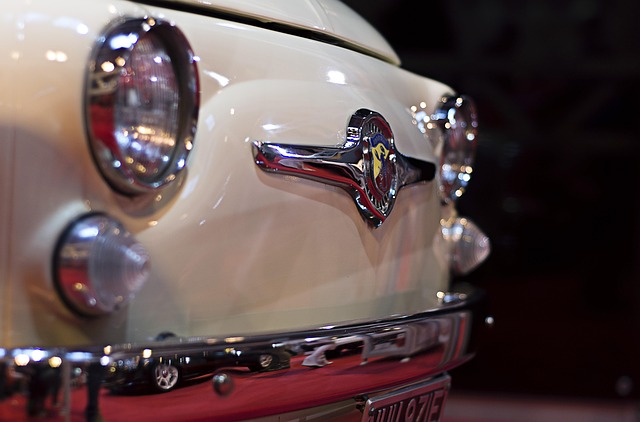
Water leaks can be a common issue after auto glass installation, often caused by overlooked sources of intrusion within the vehicle’s structure. Before sealing in the new glass, it’s crucial to thoroughly inspect and identify potential entry points for water. These could include gaps around window frames, poorly sealed joints, or damaged components in the vehicle’s bodywork. Even tiny cracks or misalignments can allow water to seep in during rainfall or car washes.
A meticulous assessment should be conducted, focusing on both the exterior and interior of the vehicle. Check for any signs of rust, especially around the window sills and seals, as this could indicate existing moisture issues. In some cases, previous auto repair services or car restoration work might have left unaddressed vulnerabilities. By proactively identifying and sealing these entry points, you significantly reduce the risk of water leaks, ensuring a longer-lasting, more secure auto glass installation for your vehicle.
– Common sealant issues and how to prevent them
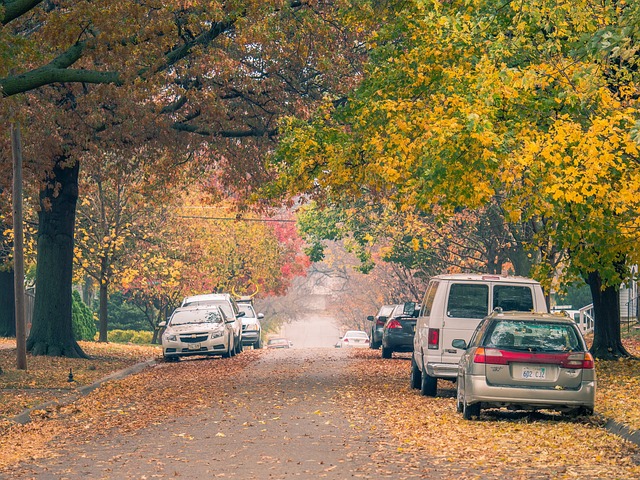
In any auto glass installation, ensuring a watertight seal is paramount to prevent leaks that could lead to costly damage and safety hazards. Common sealant issues arise from improper application, surface preparation, or environmental factors. To avoid these problems, start by ensuring the surface where the glass is being installed is clean, dry, and free of any debris. Even tiny particles can disrupt the bond between the seal and the glass, leading to leaks.
Additionally, using high-quality sealants specifically designed for auto glass applications is crucial. Follow the manufacturer’s instructions diligently regarding application techniques and curing times. Remember, a rushed job or skimping on materials might result in weak seals that are more susceptible to failure over time. Regular auto bodywork and car repair services can also help maintain the integrity of your vehicle’s sealant, addressing any damage or wear that could compromise its effectiveness.
To ensure a successful and leak-free auto glass installation, it’s crucial to address potential sources of water intrusion and common sealant issues proactively. By understanding the causes of leaks and implementing preventive measures discussed in this article, you can significantly reduce the risk of future problems. Remember, a properly installed and sealed auto glass not only enhances safety but also contributes to the overall longevity and value of your vehicle.

